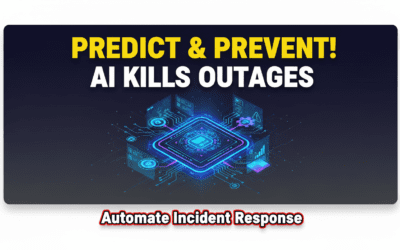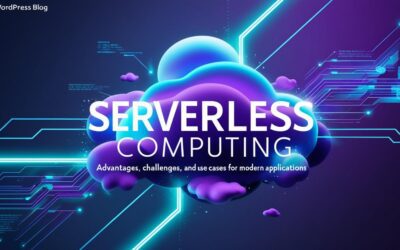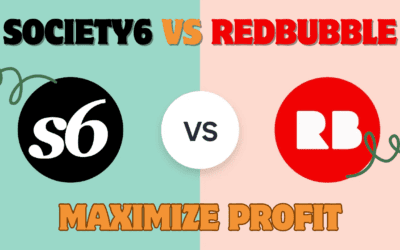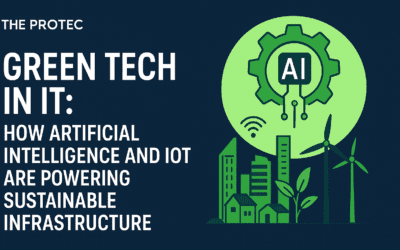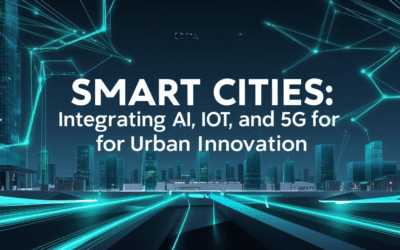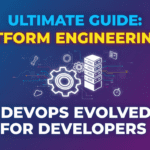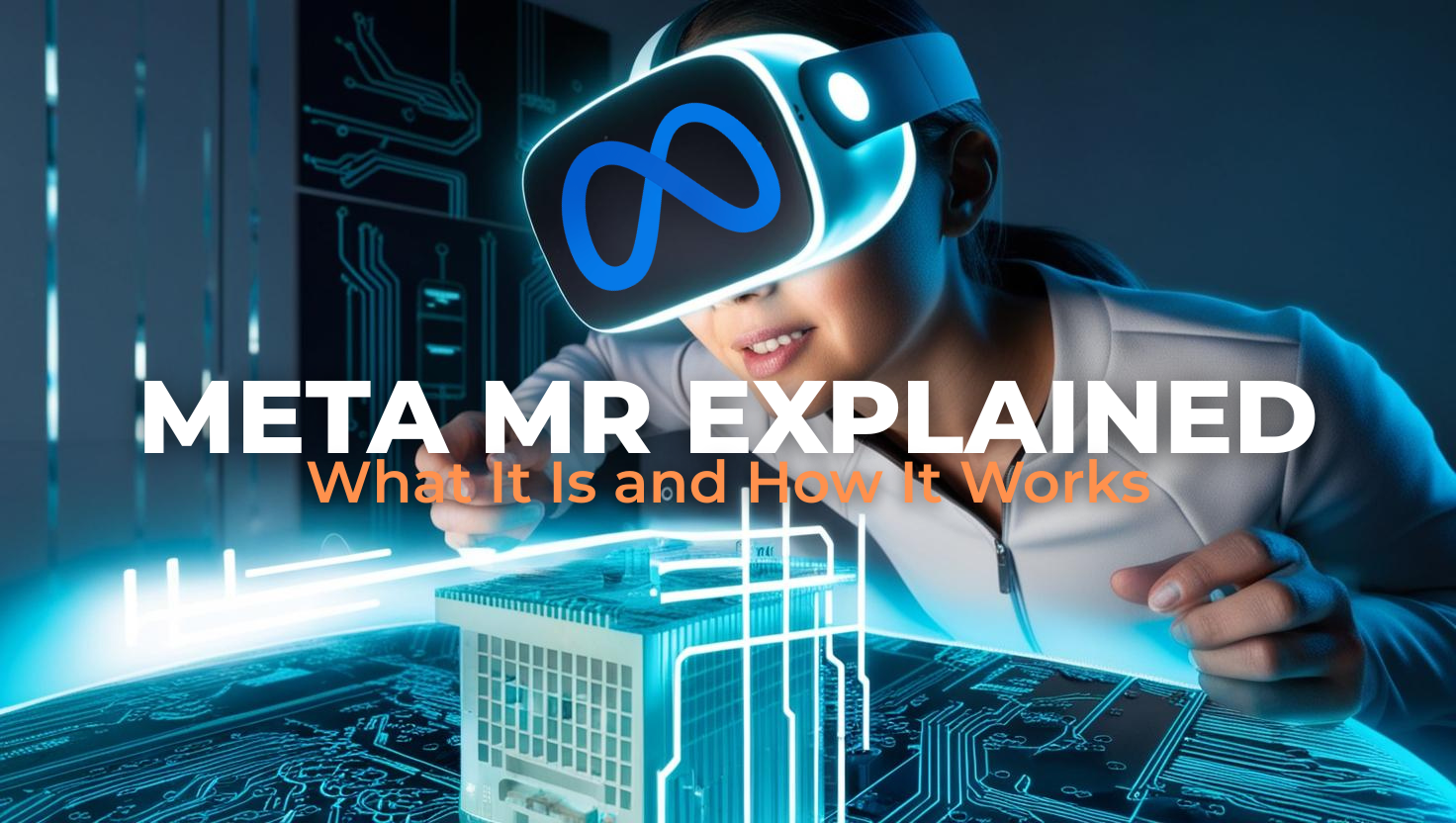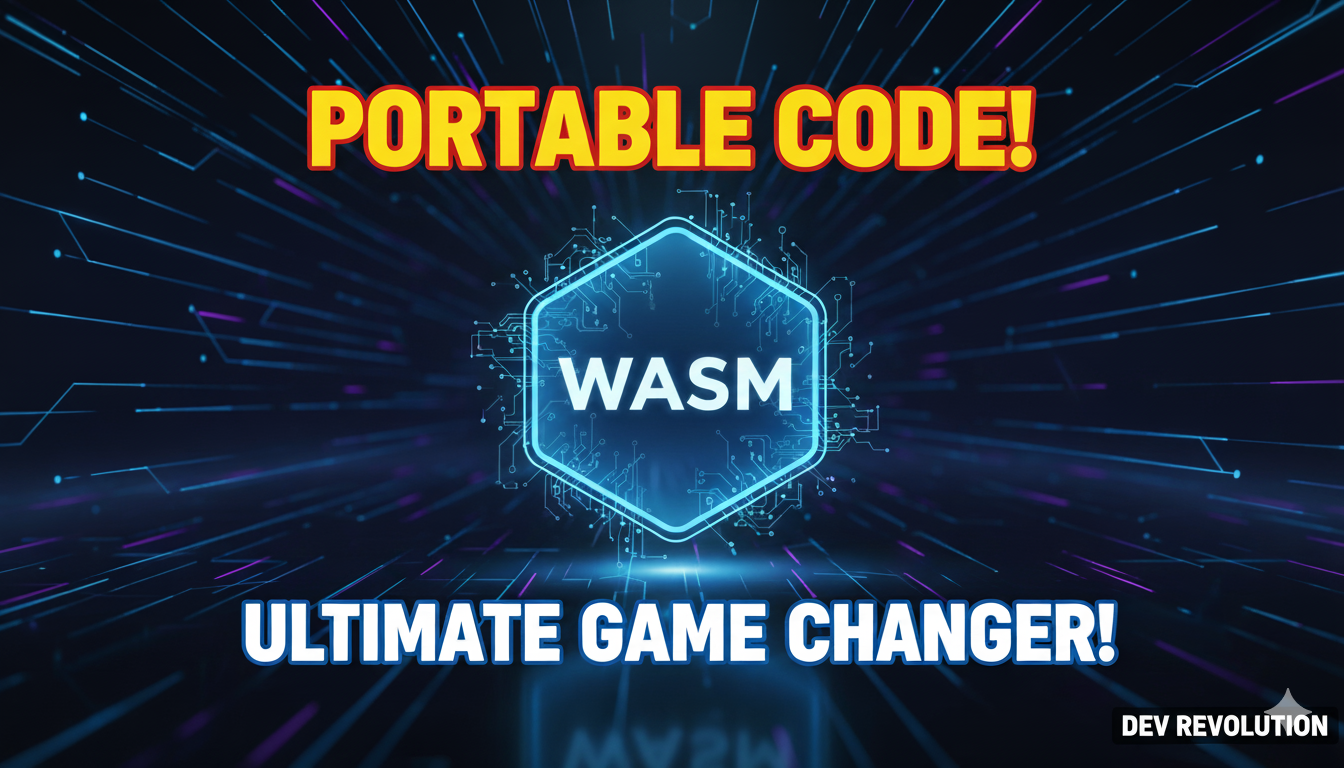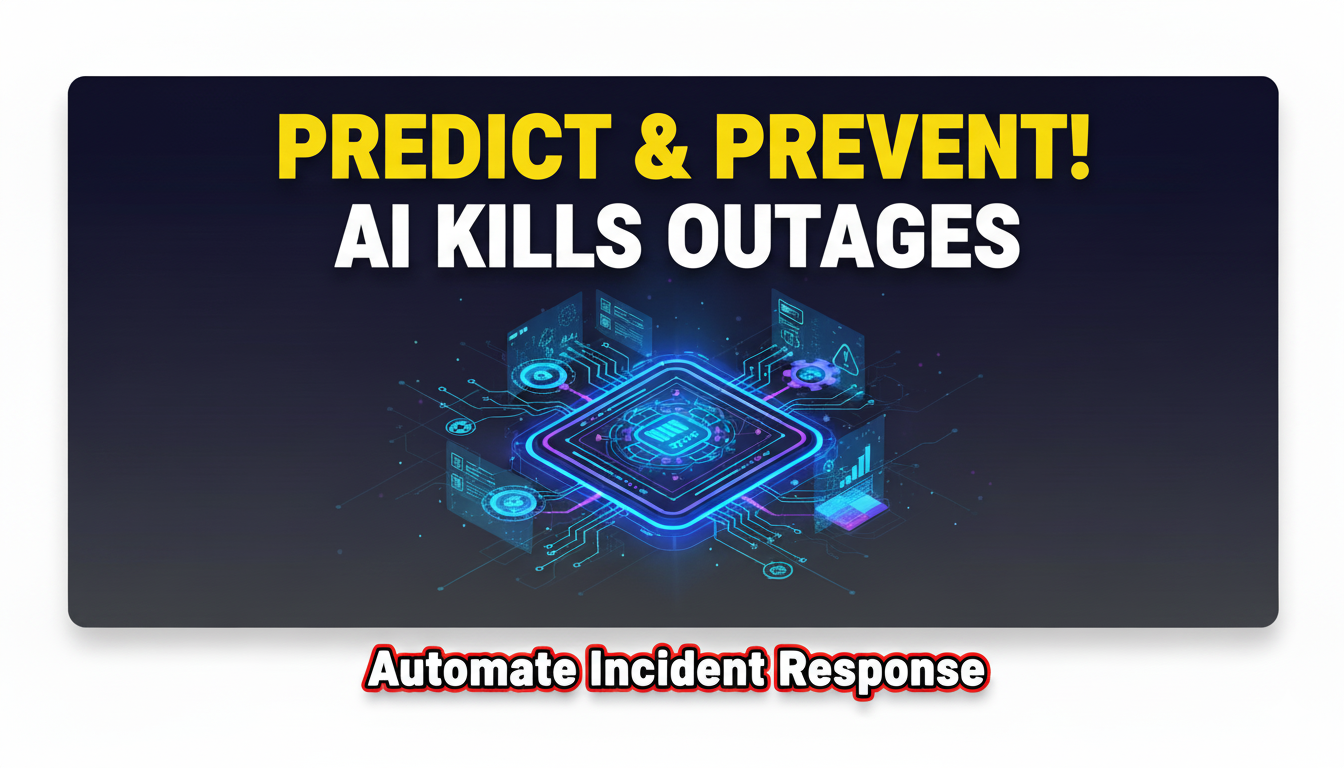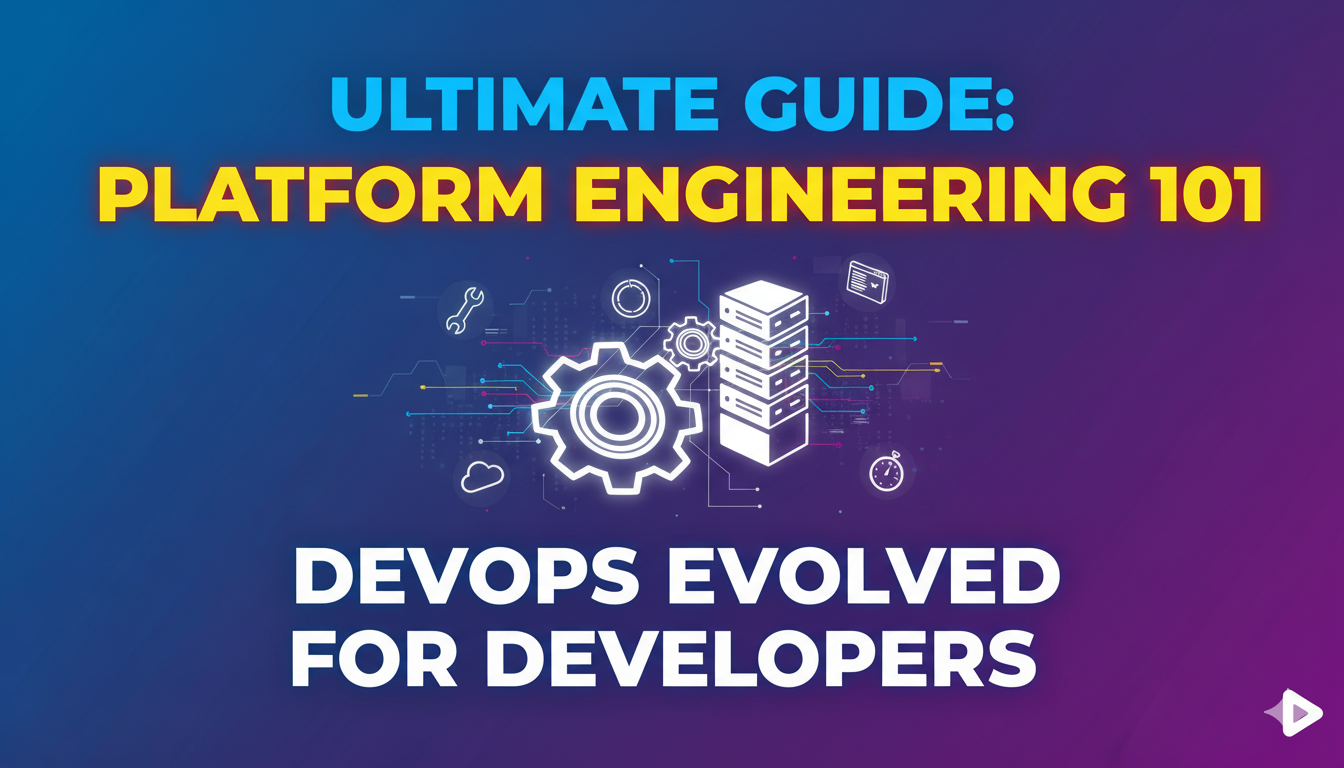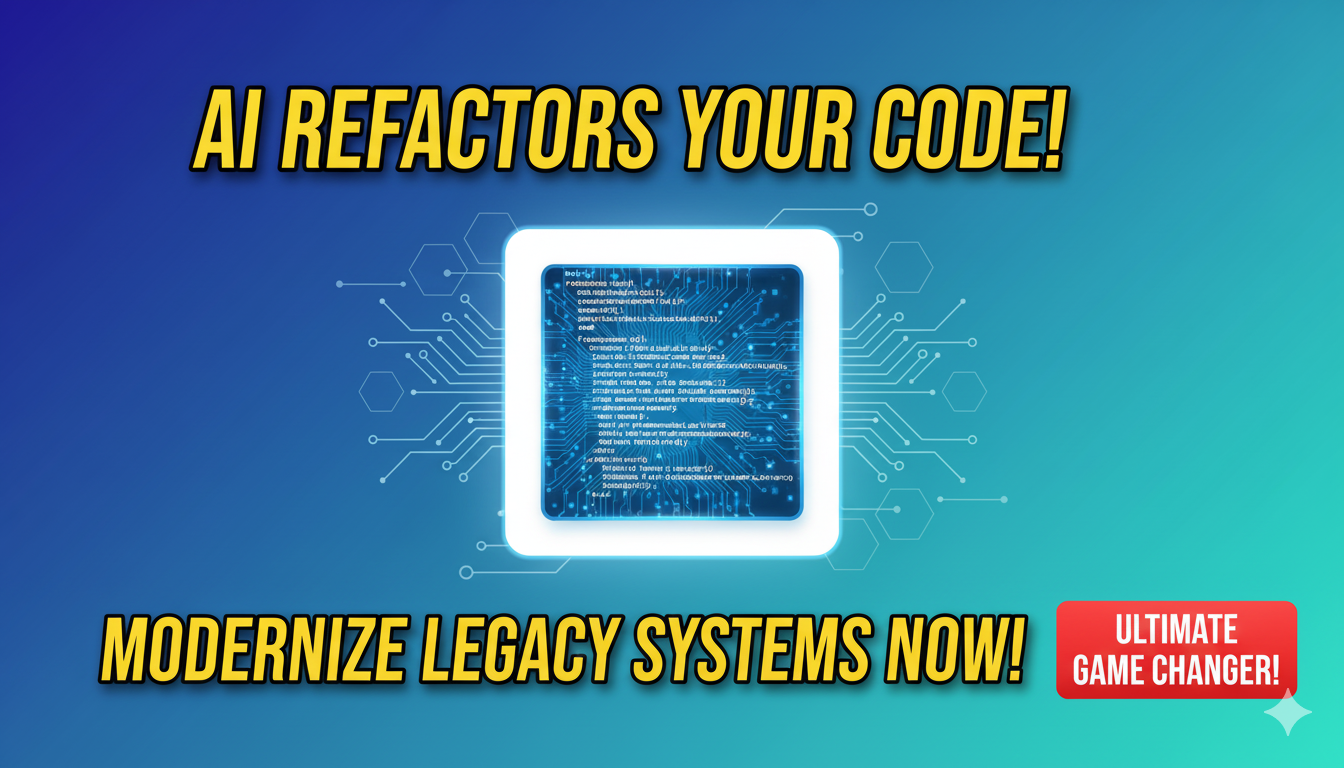Introduction
In a world where the boundaries between physical and digital realities are fading, Meta MR is leading the charge toward a new era of interaction. But what is Meta MR, and how does it work? This guide dives deep into Meta’s mixed reality technology, unpacking its components, applications, and transformative potential. Whether you’re a tech enthusiast or a business leader, understanding Meta MR could be your key to navigating the future.
What Is Meta MR?
Meta MR, short for Meta’s Mixed Reality, is the company’s innovative approach to blending physical and virtual environments. It combines virtual reality (VR), where users are fully immersed in digital worlds, with augmented reality (AR), where digital elements enhance the real world. At its heart lies the metaverse—a shared, persistent virtual space for work, play, and connection.
Meta, once known as Facebook, shifted its focus in 2021 to pioneer this digital frontier. Through acquisitions like Oculus and products like the Meta Quest, Meta MR aims to redefine how we interact, breaking free from physical constraints.
How Meta MR Works
Core Technologies
Meta MR is powered by cutting-edge hardware and software:
- Hardware: The Meta Quest 2 delivers immersive VR with high-resolution displays and inside-out tracking. Meta’s upcoming AR glasses promise to overlay digital content onto reality.
- Software: Platforms like Horizon Worlds enable virtual creation and interaction. Tools such as the Presence Platform use spatial computing and AI to merge environments seamlessly.
These technologies allow users to navigate and manipulate virtual spaces naturally, bridging the gap between the tangible and the digital.
Use Cases & Examples
Meta MR shines across diverse applications:
- Gaming: Titles like Beat Saber immerse players in dynamic virtual worlds.
- Social Spaces: Horizon Worlds hosts virtual events and hangouts.
- Education: VR platforms simulate historical events or scientific concepts.
- Work: Horizon Workrooms fosters remote collaboration with spatial audio and hand tracking.
These examples showcase Meta MR’s versatility in enhancing everyday experiences.
Benefits and Challenges
Benefits
- Immersive Engagement: Deepens interaction with digital content.
- Global Collaboration: Connects teams without physical travel.
- Learning Access: Makes education interactive and inclusive.
- New Markets: Creates opportunities for virtual goods and services.
Challenges
- Cost Barrier: Premium hardware can be pricey.
- Privacy Risks: Data collection raises ethical concerns.
- Tech Limits: Battery life and latency issues persist.
- Adoption Hurdles: Requires broad acceptance for full impact.
Real-World Examples & Statistics
Case Study 1: Virtual Education
A California university adopted Meta MR for anatomy courses. Using VR headsets, students explored 3D human models, boosting test scores by 30% over traditional methods due to improved spatial learning.
Case Study 2: Remote Workspaces
A multinational firm implemented Horizon Workrooms for training. Virtual workshops cut costs by 40% and increased employee satisfaction with hands-on, interactive sessions.
Statistics
- The global VR market is expected to hit $57.55 billion by 2027, driven partly by Meta MR innovations (Statista, 2023).
- 75% of businesses predict VR/AR will go mainstream in their sectors within five years (PwC, 2022).
- Meta shipped over 10 million Quest units by 2022, signaling strong MR growth (Meta, 2022).
Actionable Insights for Adoption
To integrate Meta MR effectively:
- Identify Goals: Pinpoint where MR can enhance operations (e.g., training, design).
- Select Hardware: Choose devices like Meta Quest based on needs.
- Curate Content: Develop or adopt relevant MR apps.
- Train Users: Offer hands-on sessions for proficiency.
- Sync Systems: Ensure compatibility with existing tech.
- Evaluate Impact: Track metrics to refine usage.
Best Practices:
- Pilot small-scale projects first.
- Engage users in development for buy-in.
- Keep abreast of MR updates for optimal use.
Conclusion
Meta MR is more than a tech trend—it’s a gateway to reimagining how we live, work, and connect. By blending virtual and physical realms, it offers endless possibilities for innovation. Ready to explore Meta MR? Share your thoughts or questions below, and let’s shape the future together!
Sources:
- What Is Mixed Reality? – Meta for Work (ForWork)
- How Does Mixed Reality Work? – Meta for Work (ForWork)
- The Past, Present, and Future of Developing VR and MR with Meta – Meta Developers Blog (Meta Developers)
- What’s the Difference Between AR, VR and MR? – Meta for Work (ForWork)
- Explore | What Is Mixed Reality? – Meta Horizon OS Developers (Meta Developers)
- What Is Mixed Reality (MR) and How Is It Transforming The Workplace? – LineZero (LineZero)
- Real Examples and Use Cases of Mixed Reality in Training – CapsuleSight (Capsule Sight)
- What Is the Difference Between AR vs. MR vs. VR vs. XR? – Interaction Design Foundation (The Interaction Design Foundation)
- Virtual Reality vs. Augmented Reality vs. Mixed Reality – Intel Tech Tips (Intel)
- VR at Work Survey: Mixed Reality and Industries – Meta for Work (ForWork)
